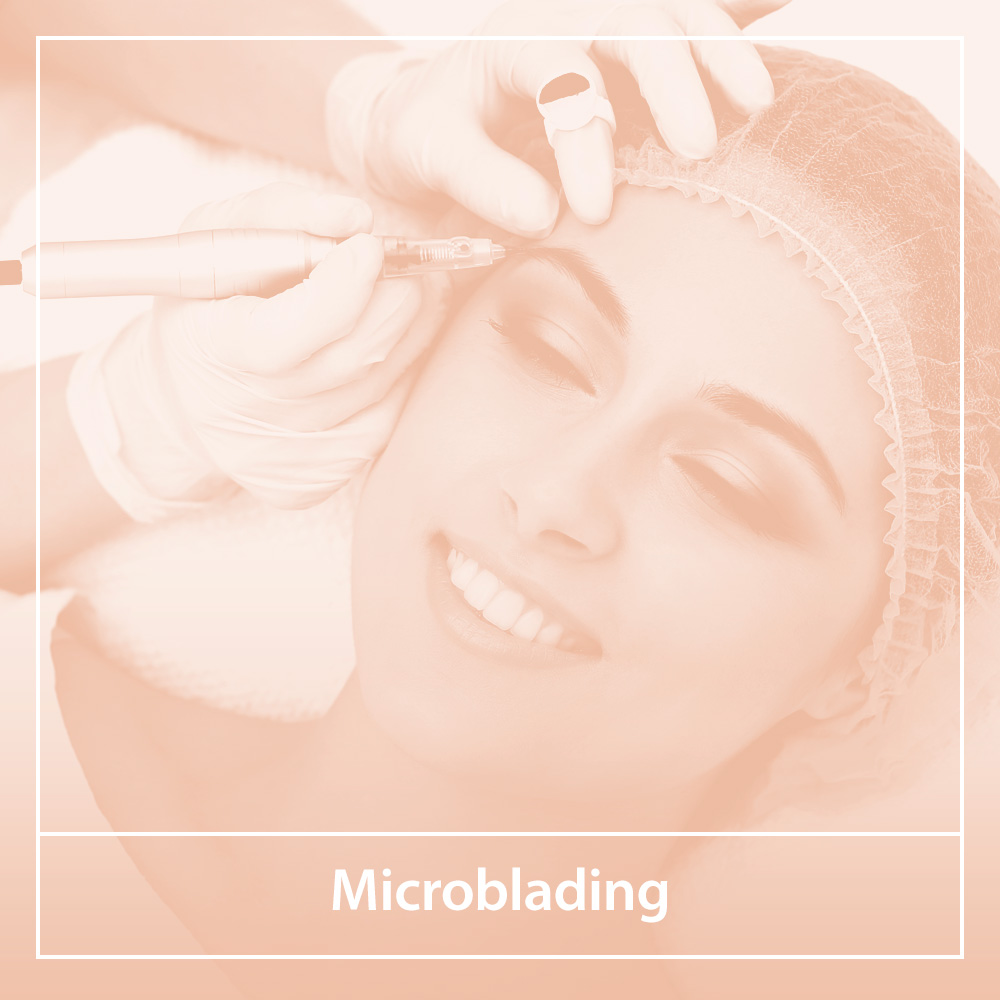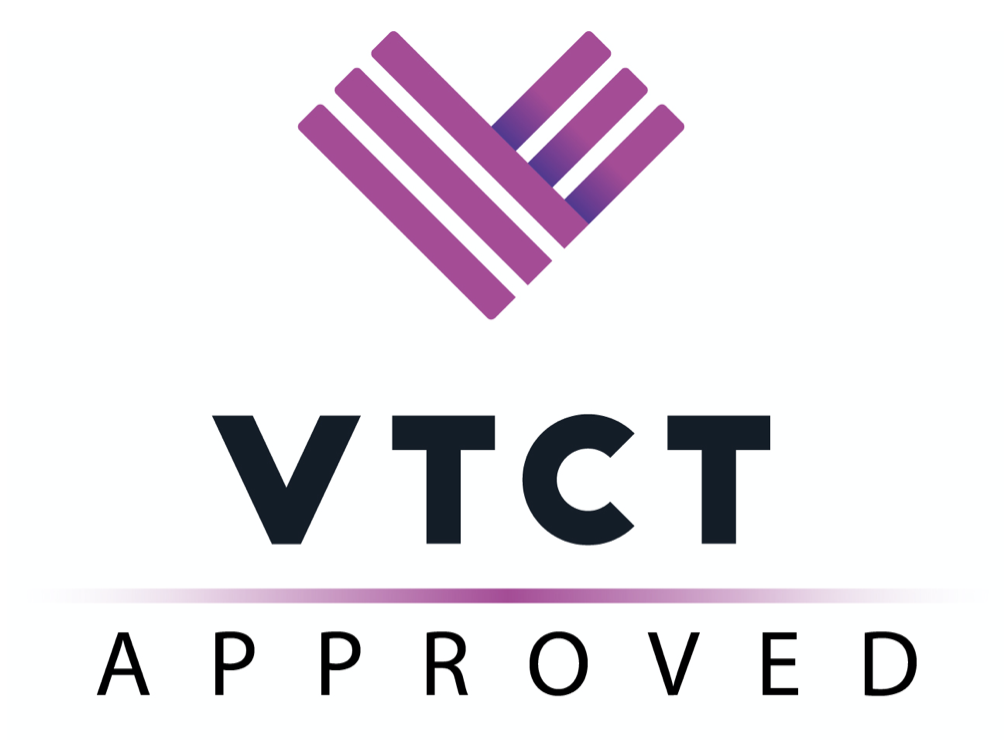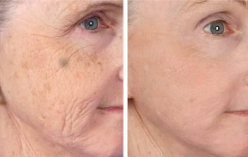No products in the basket.
Microblading is a term used extremely often in the beauty world these days but do people really know what it is? What the benefits are? And what the maintenance is? Microblading is by far the most popular treatment among clients at this present time and I urge any creative therapist to get the skill under heir belt and offer this very versatile treatment.
What is Microblading?
Microblading is a revolutionary treatment to enhance the eyebrows. A manual hand tool consisting of a number of tiny sharp pins is used to strategically place hair strokes onto the skin using a skin pigment. The therapist will first spend time, carefully marking out the correct eyebrow shape for the clients face, age and style. Once the shape is fully agreed with the client, the therapists will work within the drawn section of the eyebrows to create a semi-permanent eyebrow shape for the client. The client will have to return 6 to 8 weeks later for a top-up to make sure the pigment has settled evenly within the skin.
That sounds scary!!
Many clients who have never had their eyebrows microblading are worried that the procedure will hurt and also that the treatment itself sounds damaging to the skin. Rest assured, if carried out correctly, this treatment will leave no lasting damage to the skin and the pigment will just fade over time. The pins that make up the Microblading blades used are generally .25 of a millimetre. This is how tiny, life-like hair strokes can be created. Of course, there is a chance of some scarring occurring as let’s face it, you are making tiny cuts in the skin and inputting pigment which can be seen as a foreign body within the skin. Although, any scarring that does occur, will be very minimal and so small that it would be unnoticeable to the naked eye.

The shaping of the brows:
Creating the perfect shape for your client is the single most important aspect of a microblading treatment. The shape will be what the client leaves with and will look at a day in, day out so it needs to be perfect. At Eclipse school of beauty, we spend a large chunk of the course teaches you how to create the perfect brow shape with a full step by step colour, pictured manual. Our highly experienced trainers will guide you through the brow shaping process so that you are confident to perform the treatment when you leave the course. Once you have mapped out the perfect brow shape, the rest is easy!
Maintenance of Microblading
Following the initial procedure, the client will need to return 6 to 8 weeks later for a ‘top-up’. This is to ensure that the pigment settles in the skin evenly and that the colour will last a decent amount of time. As all skin is different, it is hard to say exactly how long microblading will look fresh for, but generally, we say 6-12 months. After the first 12 months, the client can then have a ‘colour boost’ treatment. They will return to you for one treatment to freshen up the colour of their eyebrow microblading. However, if the client had left it to long, well over the 12 months, they will need to go back to the initial 2 step microblading treatment and almost start again. It is important that you outline all of this in your terms and conditions so that clients know the deal from the start.
Microblading correction and removal…….
Occasionally we will have a client who we cannot treat for various reasons. The main one would be if a client came to you with a shape they were not happy with and wanted you to go over it. Unfortunately, if you were to treat this client then they would end up with a lined mess! This brow would need to be removed using salt & saline or a LIFT solution. Any therapist performing removals would need to be fully trained to gain insurance. Some times you may see clients who have either had the wrong colour microblade or the colour has faded to an unsightly hue. In this instance, a colour correction treatment can be performed to correct the undertone of the pigment left within the skin. Again you will need to be fully trained in correction to be able to perform this treatment. Having the skills to microblade, correct and remove ensures you can treat every client that walks through your doors. It is a great way to add revenue to your beauty schools and not lose any work by having to turn clients away to a therapist who is already trained in all 3 treatments.

 The practical element for this course includes:
The practical element for this course includes:

 The aftercare following a plasma treatment is very important as if not followed correctly, could impact the results of the treatment. Firstly, we must make sure that the area treated is left dry and exposed. Like any scab, it needs to dry out and heal as quickly as possible. Any moisture around the treated area could prolong the healing process. The area needs to be kept clean and dry and means necessary and not be submerged in water i.e. a shower or bath. No products to be used on the area, including creams and soaps. Bio oil can used once the scabs have all gone and once all of the scabs have gone, the client can return to their normal routine.
The aftercare following a plasma treatment is very important as if not followed correctly, could impact the results of the treatment. Firstly, we must make sure that the area treated is left dry and exposed. Like any scab, it needs to dry out and heal as quickly as possible. Any moisture around the treated area could prolong the healing process. The area needs to be kept clean and dry and means necessary and not be submerged in water i.e. a shower or bath. No products to be used on the area, including creams and soaps. Bio oil can used once the scabs have all gone and once all of the scabs have gone, the client can return to their normal routine. The second course in today’s list is the Plasma Fibroblast Training Course. This is a one-day course that is fully accredited by CPD. The Plasma Fibroblast course is a one-day course that covers the fundamentals to enable students to work with the fibroblast machine in an effective and sterile way. You will be guided by industry-leading trainers in both the theoretical and practical approaches. You’ll cover the following things during the run-time of this course, namely
The second course in today’s list is the Plasma Fibroblast Training Course. This is a one-day course that is fully accredited by CPD. The Plasma Fibroblast course is a one-day course that covers the fundamentals to enable students to work with the fibroblast machine in an effective and sterile way. You will be guided by industry-leading trainers in both the theoretical and practical approaches. You’ll cover the following things during the run-time of this course, namely